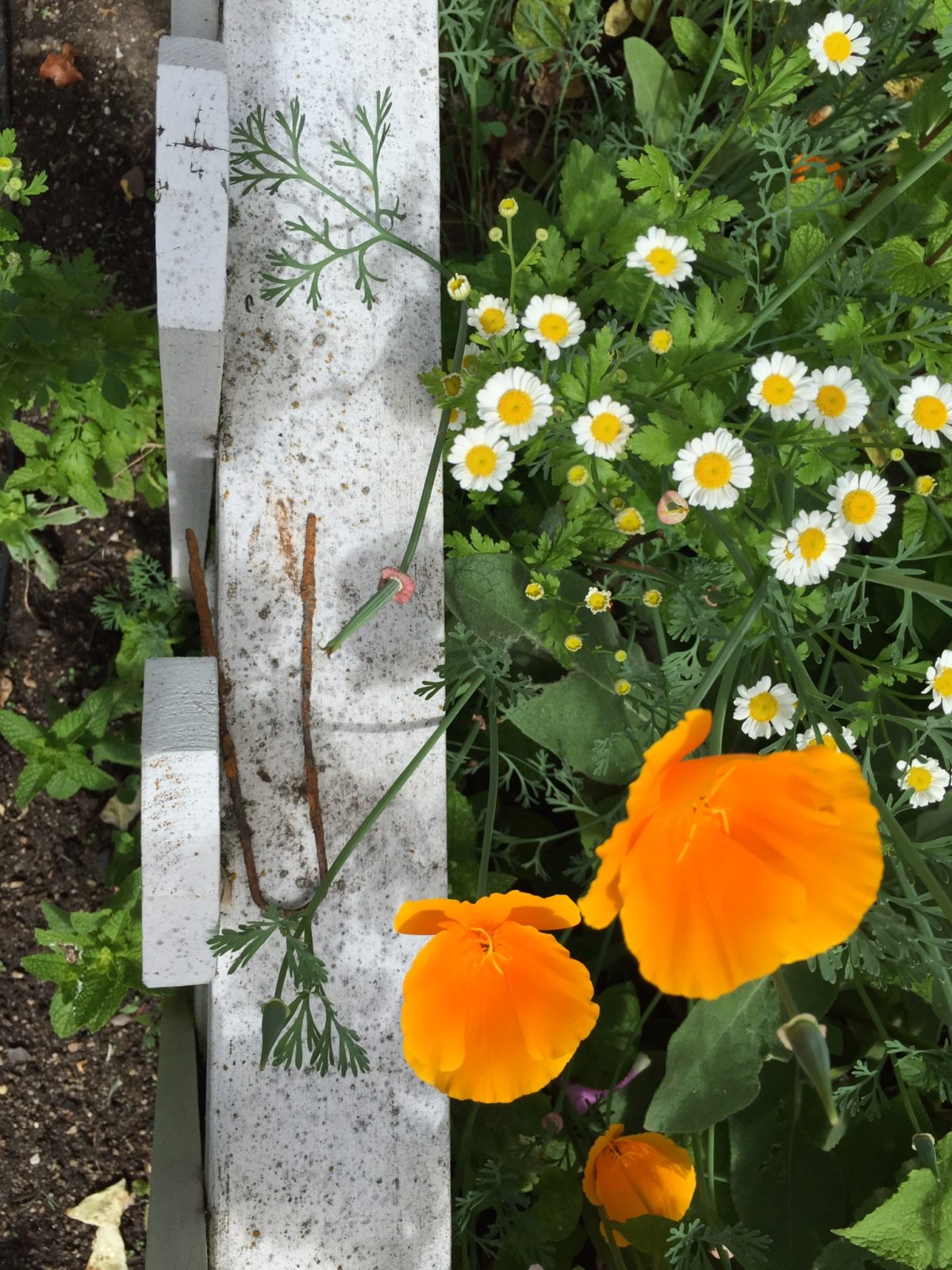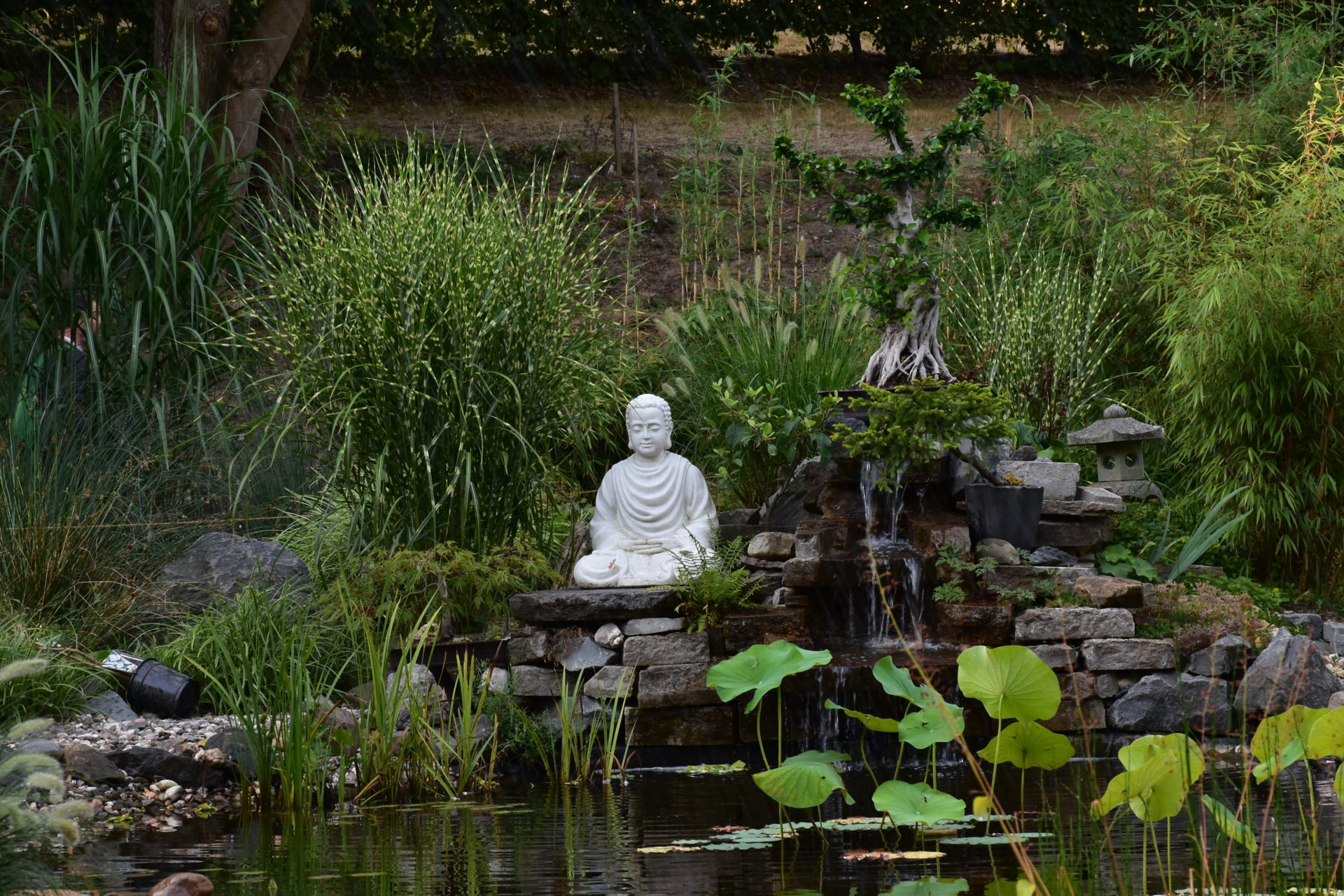By Leslie Rawls in June 2019

The Fourteenth Mindfulness Training is jampacked! It invites us to consider our own powerful sexual energy, the sexual energy of those around us, the environmental factors that may contribute to sexual misconduct, and so much more. As I’ve moved through life with this training, different facets have been important at different times.
By Leslie Rawls in June 2019

The Fourteenth Mindfulness Training is jampacked! It invites us to consider our own powerful sexual energy, the sexual energy of those around us, the environmental factors that may contribute to sexual misconduct, and so much more. As I’ve moved through life with this training, different facets have been important at different times. In the weave of my practice, perhaps the most consistent thread in this training is manifested in its current subtitle, “True Love.”
Thich Nhat Hanh writes beautifully about True Love in his book, Fidelity. In the first chapter, Thay invites us to be aware of the different sorts of intimacy: emotional intimacy, physical intimacy, and spiritual intimacy. Each type of intimacy is natural for humans, says Thay, and each carries risk when approached without awareness and respect. The Fourteenth Mindfulness Training reminds of us the harm that can arise when we are not aware of our needs for each type of intimacy. This training invites us to engage in conscious, mindful practices to cultivate healthy intimacy and true love.
The Fourteenth Mindfulness Training also invites us to be aware of those around us. It invites us to respect our commitments and the commitments of others. Simple, right? Keep your hands to yourself. At least, that’s what I first understood. But in the context of the training, respecting commitments means more. Sometimes, it means I listen carefully and respectfully when a friend tells me about difficulty in her marriage.
Recently, when a friend left town to be with his dying brother, his wife and son stayed home. That week, I drove their son to work each day. That deed definitely was not about sex, but to me, it was still practicing the Fourteenth Training. This small act helped both parents in a difficult time; it supported their relationship and their taking care of each other. It allowed the dad to be out of town with a little less worry on the home front and allowed the mom to feel a little less pressured by family needs at home. Isn’t that respecting their commitments to each other, as the training says?
But wait, there’s more. The training speaks of “cultivating loving kindness, compassion, joy, and inclusiveness for our own happiness and the happiness of others.” What a broad invitation to cultivate true love in a non-sexual and even non-physical way! With the generous support of the Thich Nhat Hanh Foundation, two other lay Dharma Teachers and I attended an excellent, two-day “Healthy Boundaries” Workshop for clergy, offered by FaithTrust Institute in October 2018. In the workshop, “boundary” referred primarily to individual personal space. We learned about cultivating awareness of individual boundaries and conscious respect for boundaries that protect communities and individuals. The very skilled presenters invited us to consider where, how, and why boundaries exist among us. Some boundaries surprised me.
For example, I had not thought of entering someone’s hospital room as crossing a boundary. Indeed, when it was suggested in the workshop, I was ready to reject the thought. But as participants discussed this and other examples, I came to understand more about boundaries and the difference between crossing a boundary and violating a boundary. Boundaries in general are the edges of private space. They are not necessarily visible and differ according to culture, relationship, and other factors. Entering someone’s hospital room, one is entering the patient’s private space—crossing a boundary. We cross boundaries all the time; there is nothing wrong about crossing a boundary in many circumstances.
Difficulties arise, however, when we violate someone’s boundaries. For example, entering the same hospital room when the patient is not up for visitors or asked us not to come is violating a boundary. The distinction between crossing and violating boundaries made sense after our group discussions, but I’d never thought so carefully about where boundaries exist in personal relationships and the difference between crossing and violating them.
The presenters encouraged us to be aware of vulnerabilities created by power differences and helped us become more aware of where those power differences—perceived or real—exist in our Plum Village communities. Looking at the Fourteenth Mindfulness Training through the lens of this new awareness, I began to see how respecting and honoring boundaries is one way to safely cultivate loving kindness, compassion, joy, and inclusiveness for my happiness and the happiness of others.
The FaithTrust training also brought our practice of hugging meditation into a new light for me. I appreciate Thay’s bringing this practice to us. In hugging meditation, we are fully present with the person we are hugging. Grounded in conscious breathing, we hug with awareness that this moment and the person we are holding are precious. When someone hugs this way, it feels different. We know the person is really present and hugging us. Yet even hugging meditation may violate another person’s boundaries. While I enjoy hugging meditation with close friends and family, I am not always comfortable hugging someone else, even in hugging meditation.
To respect each person’s boundaries, we need to be clear that hugging meditation is optional in group settings. We should ask permission before hugging. We may approach the other person, join our palms, and ask respectfully if we share a hug with them. Even for close friends on a retreat, asking permission helps each person prepare for the hug and be fully present. We also need to be aware of power differences as discussed in our FaithTrust training. Does the person really have the ability to say “Not right now” or “No, thank you” if the request for a hug comes from a Sangha facilitator, Order of Interbeing member, or Dharma teacher? There is not one answer; there is only mindfulness of what is happening in that moment. With awareness, we know what to do and what not to do. Sometimes, that means we do not ask for a hug; sometimes, we do.
The training also encourages us to protect children from sexual abuse. We can see this as an admonition to be aware of our conduct and to protect children from risky situations. We can see it as an invitation to participate in community action to support healing among child and adult victims of abuse, as well as abusers, so their suffering is less likely to be passed on to future generations.
The phrasing of this training also reminds me not to hold too tightly to ideas and concepts. For example, some practitioners are put off by the training’s directive to share news of their relationships with family and friends. To me, sharing news of my intimate, committed relationship with family and friends presents a joyful prospect. But this is not true for everyone. For some practitioners, this sharing may be difficult or even unsafe. For example, someone may come from a family that would struggle with their choice of a same-gender partner.
I believe our practice of the Mindfulness Trainings should be joyful. So, looking at this provision of the Fourteenth, I consider the intent of sharing the joy of a relationship and how in some circumstances, sharing would be anything but joyful. Perhaps we should not limit the definition of family and friends as we consider the request for sharing relationship news in this training.
Instead, perhaps we could recognize “family” as referring to a group of people who have a strong loving bond and who care about and support each other. This approach might allow some practitioners to find loving support for a relationship without putting themselves in harm’s way. After all, the Mindfulness Trainings are not intended to be shackles that bind us to just one way of doing things, but practices that set us free and help us respond to suffering.
At a glance, the Fourteenth Mindfulness Training seems to be about sex. When it comes alive in our daily practice, though, I think the Fourteenth Mindfulness Training is about intimacy, respect, and love—for ourselves, our beloved ones, our friends, all beings. In Fidelity, Thay writes that true love helps us learn the “art of creating happiness.” Practicing with the Fourteenth Mindfulness Training, we can each create our own, unique art of happiness and true love.


